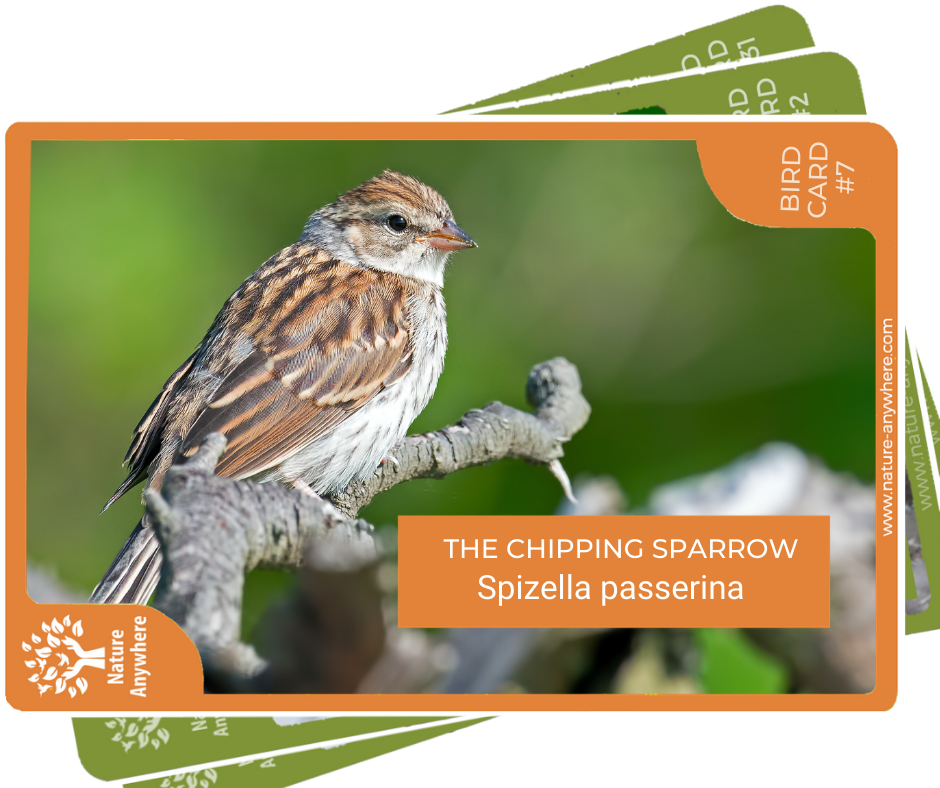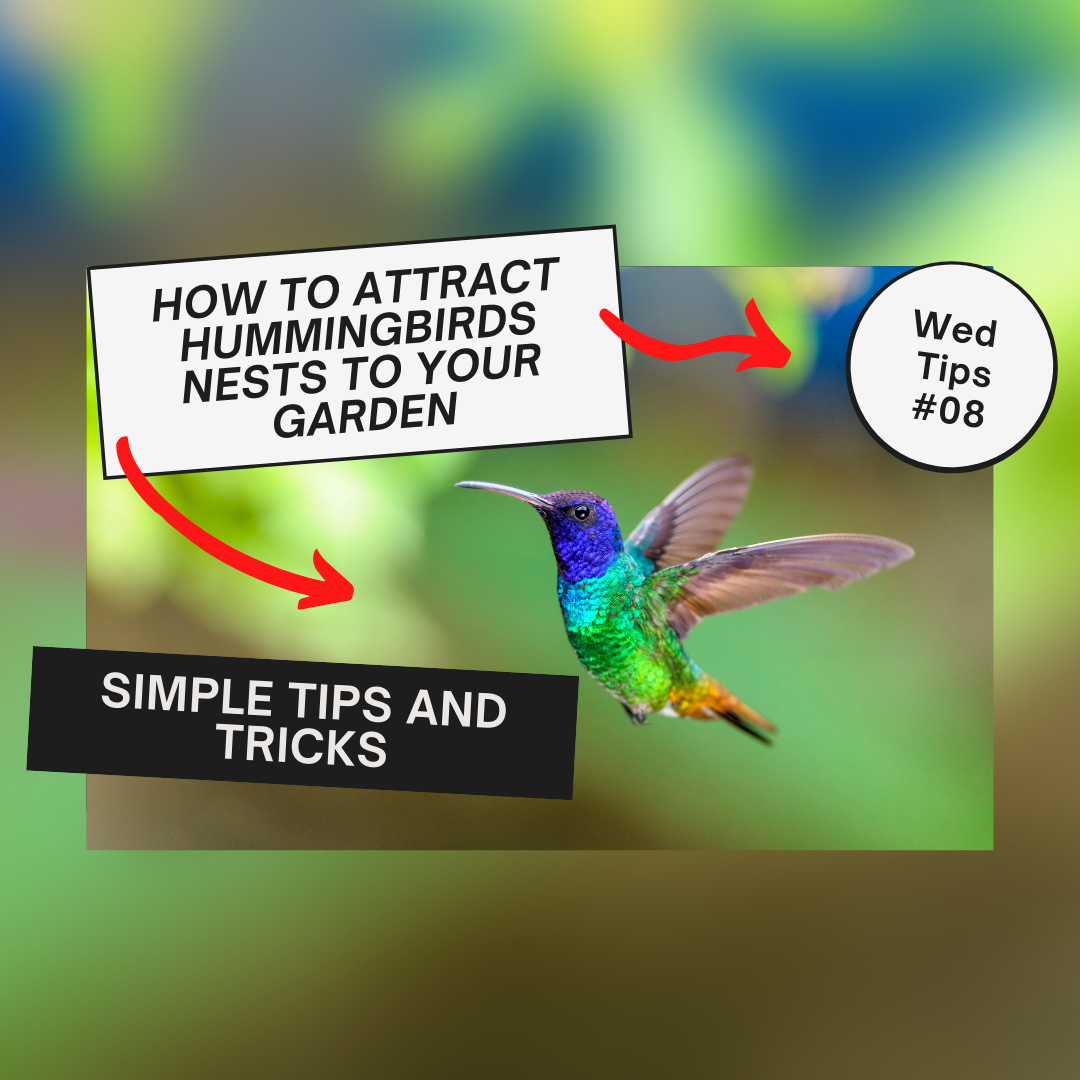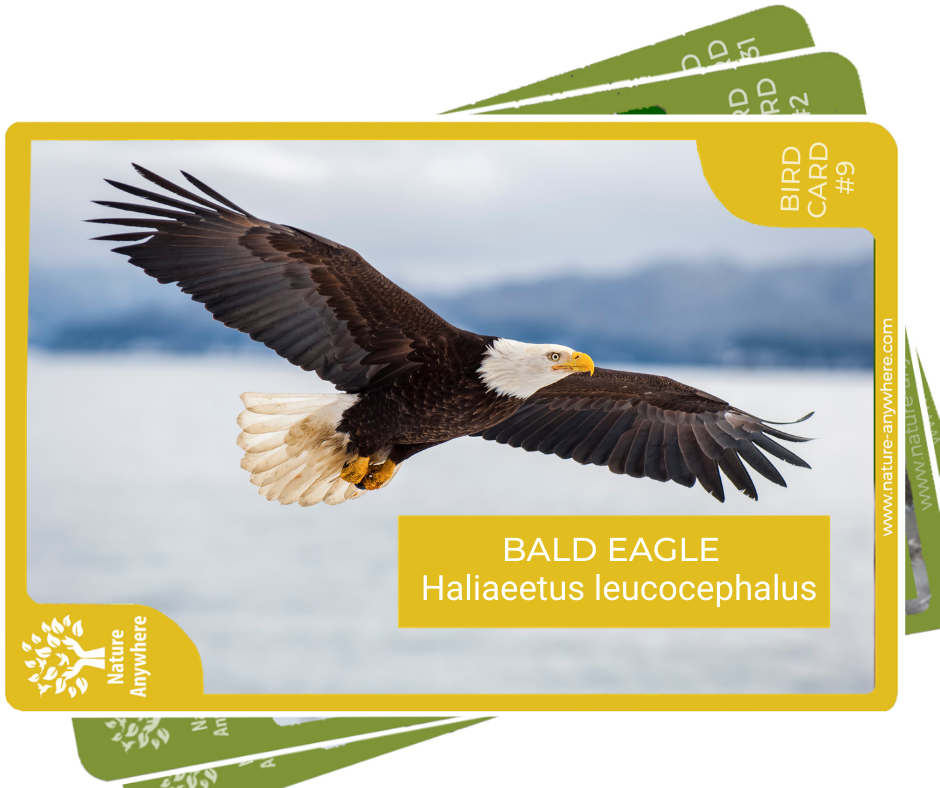
We all look for the bright reds, yellows and oranges in our gardens, for the cardinals, warblers and orioles - and pay less attention to these cute chippers. But although not flashing any primary colors, these delicate, bubbly beauts still have their own ways to charm us and conquer our affections.
Chipping sparrows are found throughout most of North America, as far as northern Canada, and migrate to the southern parts of the US. However, populations from the southern United States, throughout Mexico, Honduras and Nicaragua, stay in their warmer climates all year round.
Chipping sparrows prefer areas with coniferous trees and grassy meadows, open woodlands, suburban or urban park areas, and shrubby forests or forest edges, where it’s shrubby but a little more open.
Chipping sparrows are named after the sharp "chip" chirps that they make all day long. As soon as you hear their shrill calls, you know that they are announcing the good news that spring is here.
Chipping sparrows are so adorable as they skip and run on the ground or fly in short, quick bursts. They are diurnal - i.e. active during the day, but especially in the early morning and evening, bustling around looking for food and nest materials.
Chipping sparrows socialize with other sparrows in the winter, reaching flocks of around 25-50, but during breeding season, they break into pairs and defend their territory with their threat calls. Females also take part in defending areas close to their nest.
The average lifespan of a chipping sparrow in the wild is 4-7 years.
LOOKS

Chipping sparrows are 5-5.7 inches long and weigh 0.38-0.5 ounces, the same as the key to your house.
They are easy to spot from their “ginger heads” - well, more of a reddish-brown (rufous) “mohawk”, with a white stripe on both sides and a black stripe below each white stripe. Their chin is white and fluffy and their beak creamy pink or yellow. Black and brown streaks are painted along their backs and wings. Their legs and feet are deep pink.
Males and females look similar. Juveniles look like adults except they have a light crown stripe instead of their rufous caps.
Chipping sparrows molt twice a year. During the breeding season, the plumage in their upper parts has an orange-rust hue, a gray head and underparts and a distinctive reddish cap. In non-breeding times, the plumage on the cap is brown and the facial colorings are less distinct.
EATS
Chipping sparrows eat mainly grass seeds and the seeds of fruits and other plants. In the breeding season they mainly eat insects such as moths, butterflies, beetles, grasshoppers, caterpillars, spiders and crickets. They forage in low shrubby vegetation. They also eat small rocks and bits of sand to help them grind up the seeds.
BIRD FEEDERS
Chipping sparrows love bird feeders, especially hoppers, trays, platforms and ground feeders.
Offer them hulled sunflower seeds, nyjer, cracked corn and millet. It seems that their favourite food is red and white millet. You can even sprinkle it on the ground, they will happily hop on the grass and eat that way. This can also be offered on the hoppers and tray feeders. You can also give them cookie crumbs, doughnut or cornbread, peanut hearts and crushed pecans.
SOUNDS
Chipping sparrows chirp with a single trilling note. During breeding season, the male sings his merry tune from his perch. When threatened or disturbed, the tune will change to a "zee-zee-zee's" sound.
The bird's call has been described as a soft mechanical trill that sounds something like a rapidly repeated chippy, chippy, chippy.
CHIPPING LOVE
The chipping sparrow mating season starts in mid to late April all through July. They are not monogamous. They seek other mates and make 2 to 3 broods per season.
Males perform their mating rituals by singing their song on the ground as well as chasing the females. The female will beg for food. Once mated, they will look for nesting materials together.
Nest construction begins by each pair a few weeks after arriving in their breeding territory. The “couples” choose a nest site in a coniferous tree or shrub, to stay sheltered, 3-10 feet above the ground. They mostly prefer evergreen trees but you will also see nests in crabapples, honeysuckle tangles, maples and ornamental shrubs.

The male guards the female as she builds the nest but takes no part in the construction. The female is quite the perfectionist and will build a few nests until she’s happy with one of them. It takes her about 3-4 days to complete. The nests are rather flimsy and you can see through them, unlike the tight nest of a hummingbird.
Females build nests out of grass, roots, rootlets and other fine materials. When horses were still the American mode of transportation a century or so ago, many of the nests were made of horsehair.
If the first clutch doesn’t survive, the pair will try to make another brood in a second nest.
The female lays 2 to 7 pale blue eggs with brown spots. She will incubate them for up to two weeks. The young’uns are able to fly 8 - 12 days after hatching, and become fully independent several weeks after that. After one year, they can start breeding themselves.

Both males and females stand on guard. The female stays close to the nest while the male guards the rest of the territory. The males feed the females while nesting, then when the hatchlings are born, the male will give food to the female who then passes it on to the hatchlings. Once the little ones learn to fly, they stay close to their nest for another few weeks, until they become independent.
FUN FACTS
- In the cold season, chipping sparrows eat non-stop over two pounds of seeds to survive. Since they only weigh up to 0.5 ounces, that means they consume over 70 times their own weight in seeds each winter!
- During the end of the 19th century, the population of the chipping sparrow declined dramatically when the house sparrow took over. But since then, chipping sparrows have made a nice comeback, especially in places where the house sparrow population went down.

- Edward Forbush (1858-1929), a noted Massachusetts ornithologist and a prolific writer, called the chipping sparrow “the little brown-capped pensioner of the dooryard and lawn, that comes about farmhouse doors to glean crumbs shaken from the tablecloth by thrifty housewives.”




2 comments
Amy Turner
Thank-you for the beautiful pictures, recording, and article. It was wonderful to ID the cute little guy eating outside my window on this very rainy day in Houston. :)
Adria Sorensen
These guys are so friendly. Much like a chickadee
Leave a comment
All comments are moderated before being published.
This site is protected by hCaptcha and the hCaptcha Privacy Policy and Terms of Service apply.